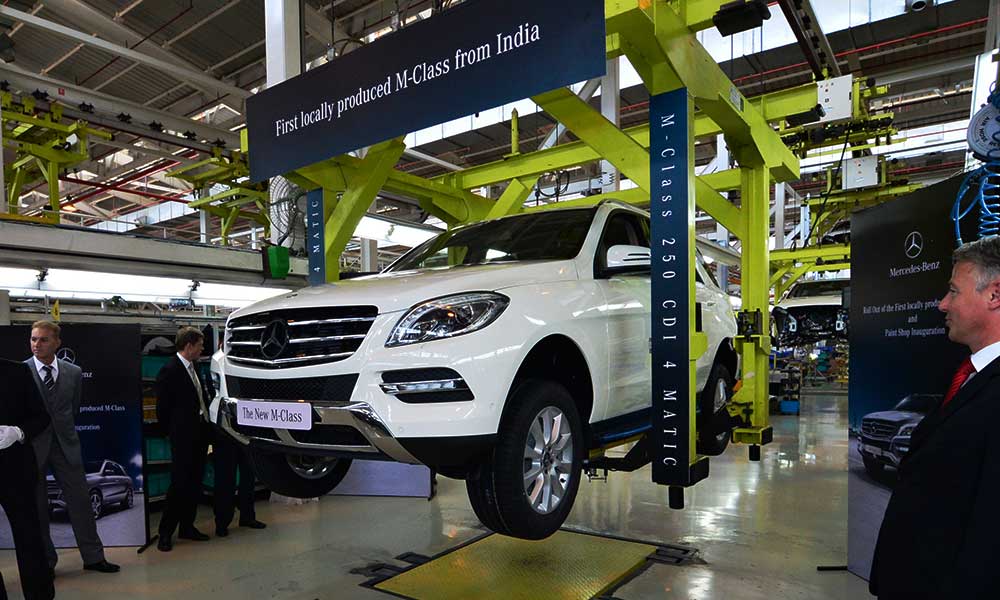The first full-term budget FY-16 of the new central government was really lack-luster for the automotive industry per se.
There were many concerns raised in the past by Indian automobile manufacturers like the issues of lowering base interest rates on cars, hefty and additional excise cuts, speedy implementation of GST and but none of them seem to have been met apart from GST- that too just a verbal assurance!
Finance Minister Arun Jaitley has rather stressed on faster implementation of infrastructure projects to promote industrial growth.
Budget Details
- Finally, an assurance for speedy implementation of the GST (Goods and Services Tax) has been given. The govt. plans to bring it into effect from April 2016.This will create an unbiased and uniform tax structure across all the states of India.
- The lower excise duty demand that would have helped the demand-slump affected auto industry to recover losses. In simple words, it means car prices will either remain same or increase marginally, but will not decrease.
- The excise duty was lowered by a little margin. Currently it stands at 24%for SUVs, 20% for mid-sized cars and 27% for large cars. For small cars, it has gone up from 12% to 12.5%.
- Excise duty on chassis for an Ambulance has been reduced from 24% to 12.5%
- The reduced corporate tax (30% to 25%) will indirectly promote growth within the automotive industry since it gives them a chance to at least recover 5% of their funds.This tax cut will begin from next year.
- Custom duty for any fully-built imported commercial vehicles has been increased to 20%.
- The GOI has given an impetus to the promotion of green vehicles and has proposed an INR 75 crore cash inflow for electric vehicle (EV) manufacturing under Faster Adoption and Manufacturing of Electric Vehicles (FAME) scheme of the GOI. The excise duty discount on such EVs will be maintained.
- The demand for the GOI to ask banks and other financial to lower interest rate on vehicles and vehicle loans has not been met.
- INR 70,000 crore will be invested in infrastructure which will include the laying of about one lakh kilometres of new roads across the country.
In summation, this budget was a measly one for the automotive industry. Nothing becomes cheap for the consumers. The companies can however, recover a very small share due to the excise duty cuts, but that is just about INR 1,000 per car.
That isn’t enough for a company to recover its demand-supply schedule. We hope that somehow only a miracle can save the automotive industry from the turbulent state it is currently going through. Chump change from this budget isn’t going to help much!





